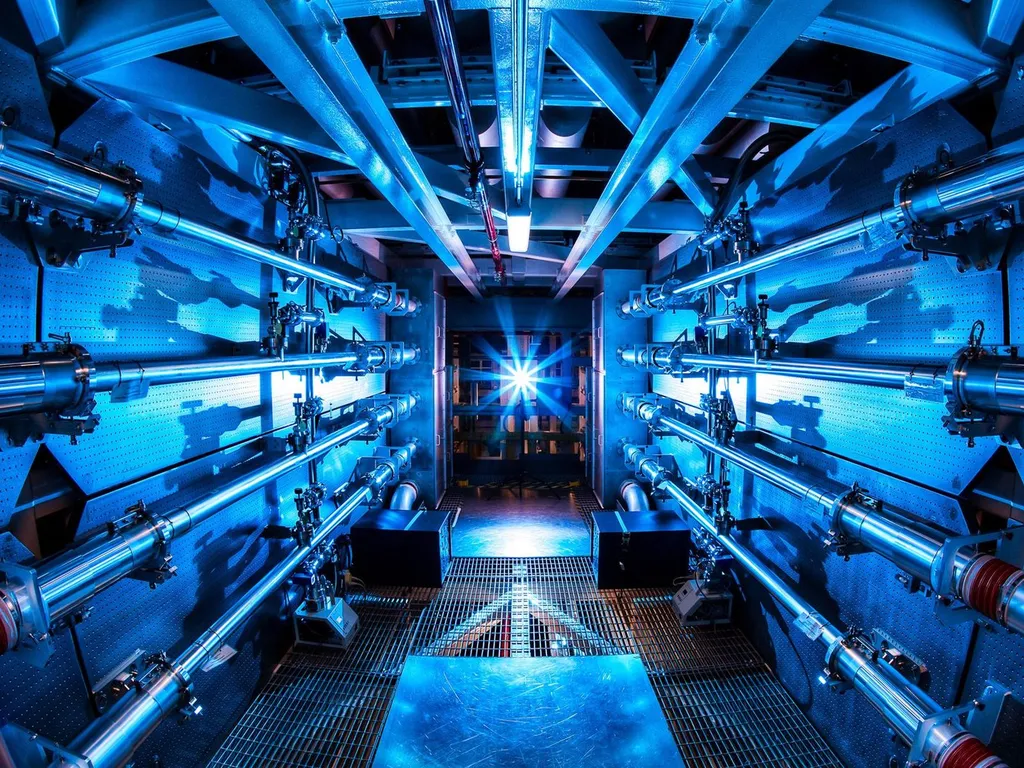In a groundbreaking study published in the *Proceedings of Engineering Sciences*, researchers have delved into the intricate world of nuclear fusion, shedding light on how light halo nuclei behave during fusion reactions. Led by Saddon Omran Ghareeb from the Department of Physics at the University of Babylon in Iraq, the research explores the fusion cross-section, fusion barrier distribution, and fusion probability in systems involving light halo nuclei such as ⁶He, ¹⁵C, and ¹¹Be interacting with ²⁰⁶Pb and ²⁰⁹Bi. The findings could have significant implications for both nuclear physics and the energy sector.
The study employs quantum mechanical coupled channel (CC) simulations to examine the role of breakup channels in influencing fusion dynamics under sub-barrier conditions. “By using the Woods-Saxon potential with optimized parameters fitted to experimental data, we were able to refine our predictions of fusion barriers,” Ghareeb explains. This refinement is crucial for understanding the behavior of weakly bound nuclear systems, which are of great interest in both fundamental research and practical applications.
One of the key findings of the study is that channel coupling significantly enhances fusion probabilities. This discovery underscores the importance of including breakup effects in theoretical models, a factor that has often been overlooked in previous research. “Our results validate the necessity of considering breakup channels in fusion dynamics,” Ghareeb notes. “This not only deepens our understanding of nuclear fusion mechanisms but also has potential implications for astrophysical nucleosynthesis.”
The implications for the energy sector are particularly noteworthy. Nuclear fusion, often touted as the holy grail of clean energy, could benefit immensely from a better understanding of these processes. By refining the models used to predict fusion probabilities, researchers can pave the way for more efficient and controllable fusion reactions. This could lead to advancements in fusion energy technologies, bringing us closer to harnessing the power of the stars here on Earth.
The study’s findings contribute to a broader understanding of nuclear fusion mechanisms in weakly bound systems. This knowledge is not only crucial for fundamental nuclear physics but also has the potential to revolutionize the energy sector. As we continue to explore the boundaries of nuclear fusion, research like Ghareeb’s serves as a beacon, guiding us toward a future powered by clean, sustainable energy.
In the quest for sustainable energy solutions, understanding the nuances of nuclear fusion is paramount. Ghareeb’s research offers a significant step forward, providing insights that could shape the future of energy production. As we stand on the brink of a potential fusion energy revolution, the work of researchers like Ghareeb reminds us of the power of scientific inquiry and its potential to transform our world.

